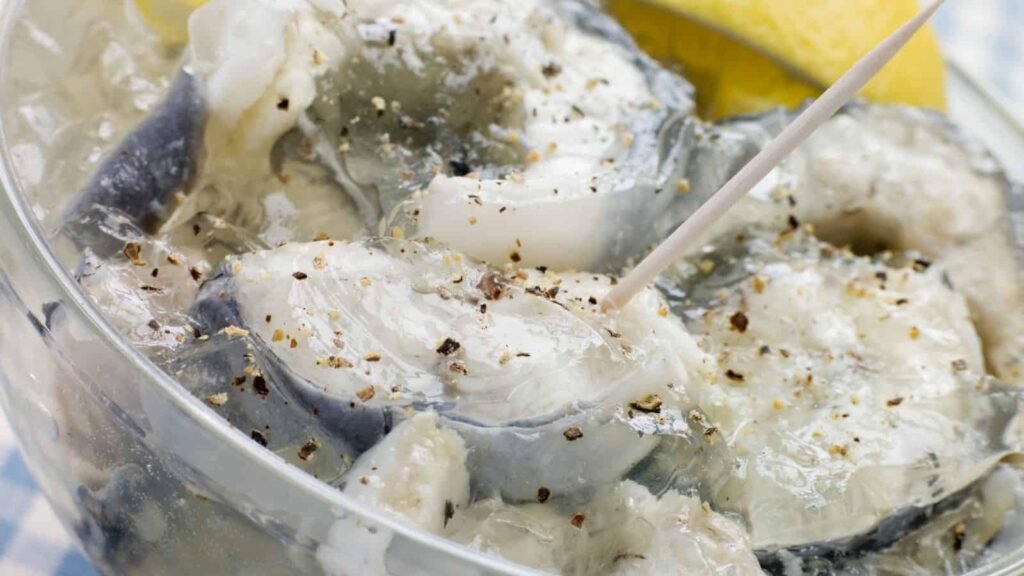Britain is known for many things—royalty, rainy weather, and a rich history. But when it comes to food, opinions can be pretty divided. Some dishes are beloved by the locals but can leave non-Brits feeling queasy. Let’s take a look at 21 British foods that often make foreigners wrinkle their noses.
Marmite
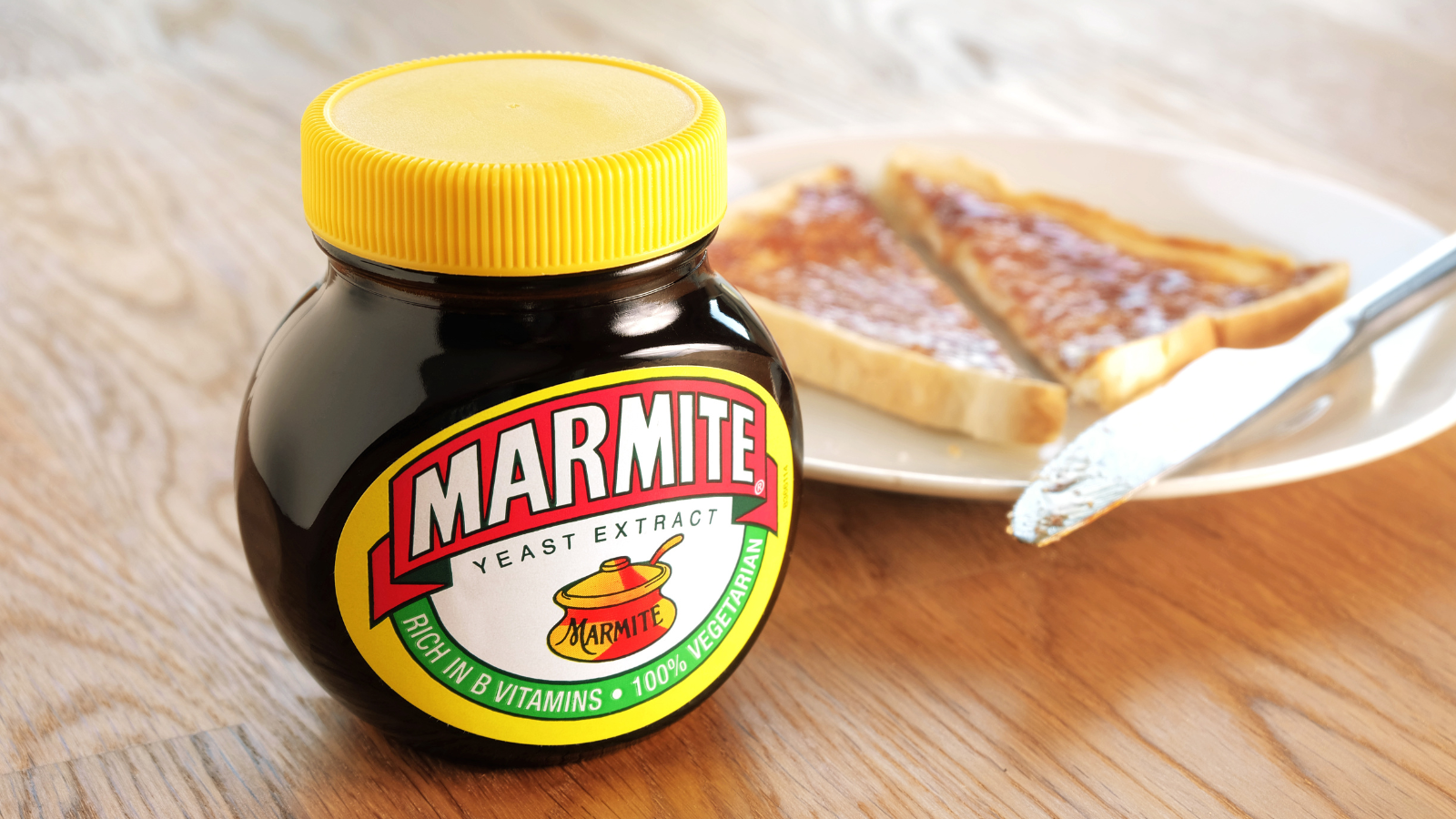
“As one of the most divisive foods of all time,” says The Mirror, Marmite is a thick, dark spread made from yeast extract, and it’s famously known for its strong, salty flavour. The saying “you either love it or hate it” is particularly true for Marmite, and while many enjoy it on toast, non-Brits often find its taste overpowering and unpleasant.
Black Pudding
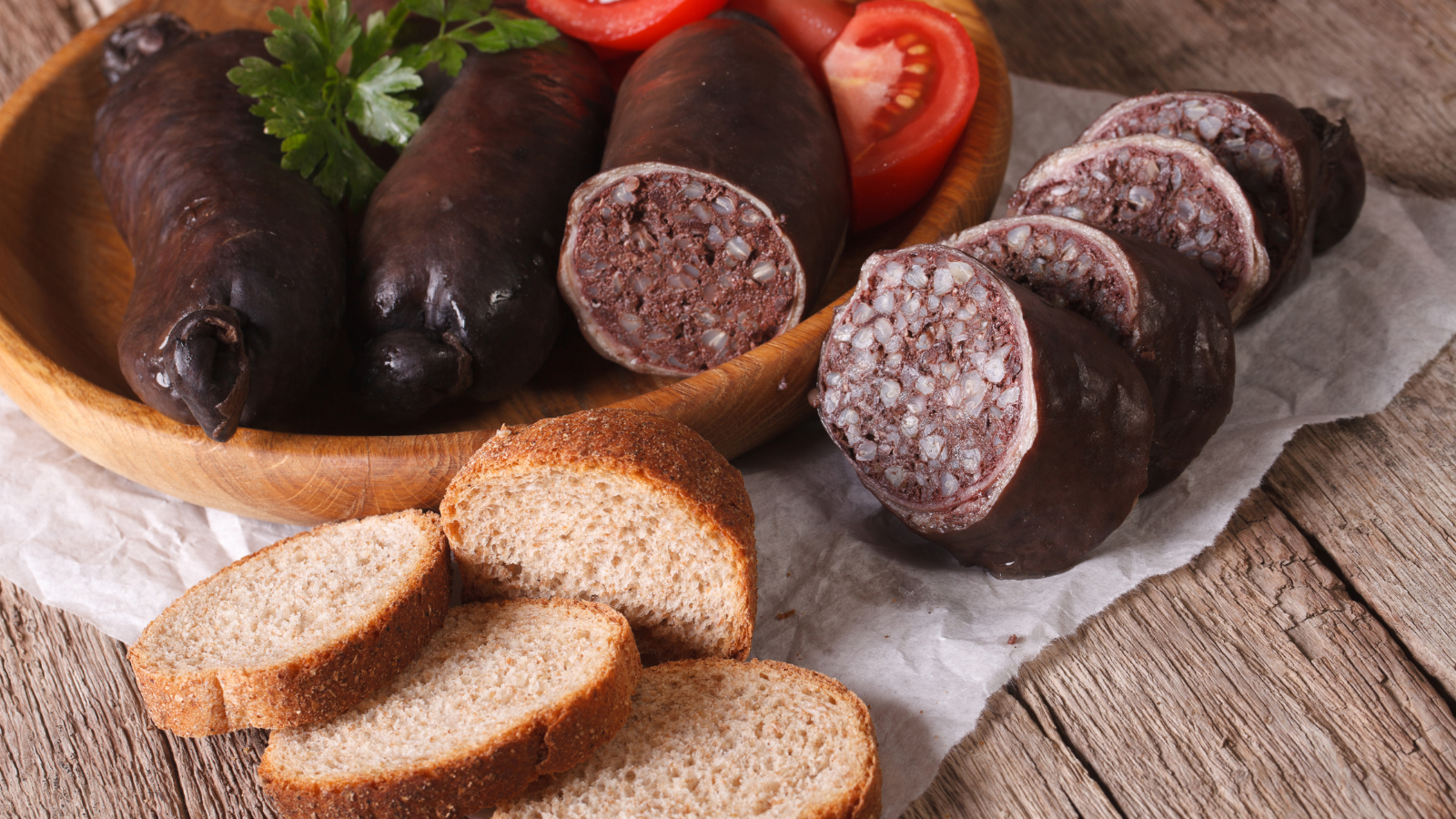
Black pudding is a type of blood sausage that’s a staple at the British breakfast table. Made from pork blood, fat, and oatmeal, it has a distinct texture and flavour. While some locals adore it, the idea of eating blood sausage can be quite off-putting to non-Brits, who often struggle to get past the notion of what it’s made from.
Jellied Eels
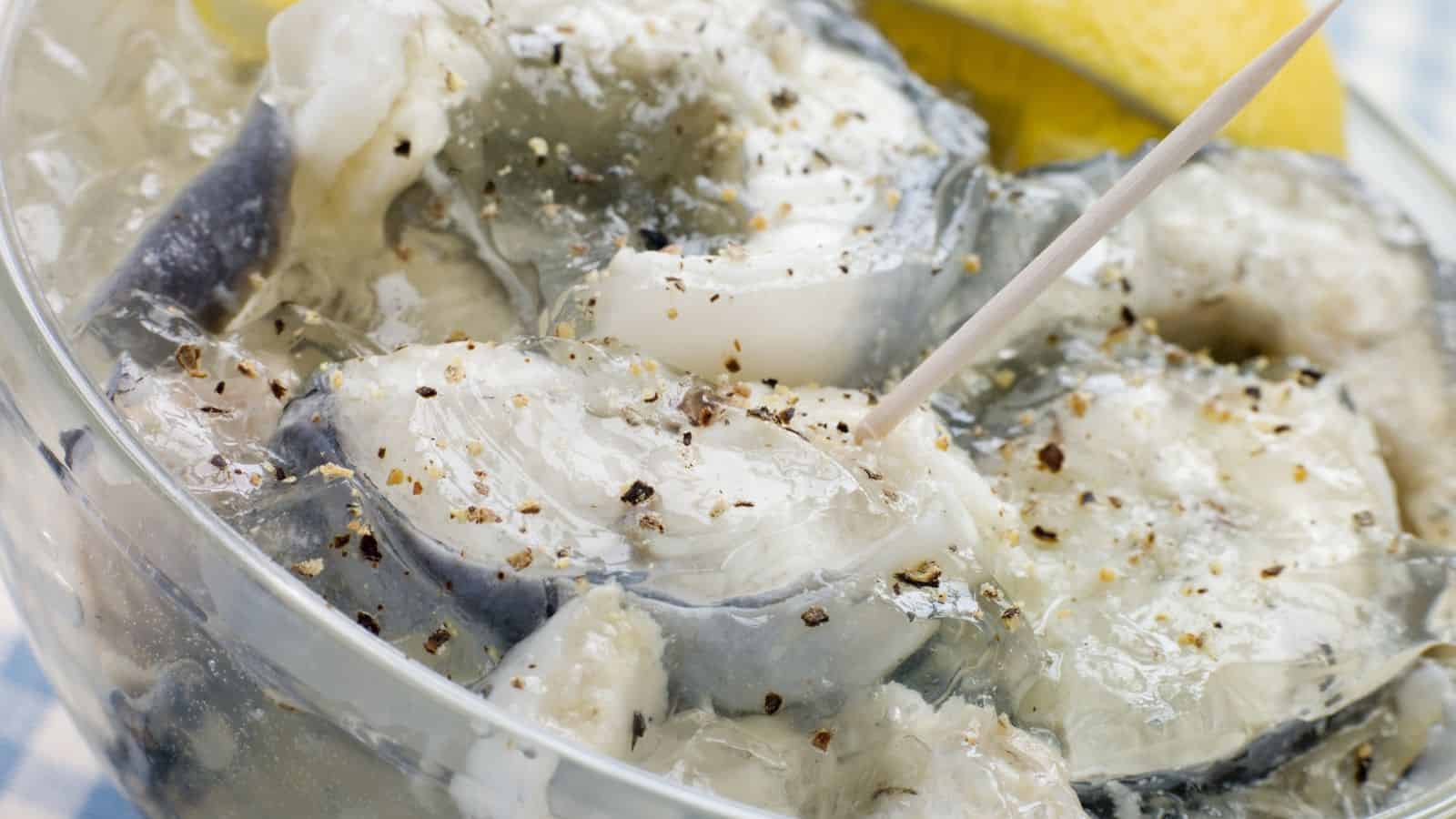
A traditional East End London dish made from chopped eels boiled in a spiced stock and then left to set into a jelly, jellied eels have a texture and appearance that are often shocking to foreigners who aren’t used to seeing eels served this way.
Haggis
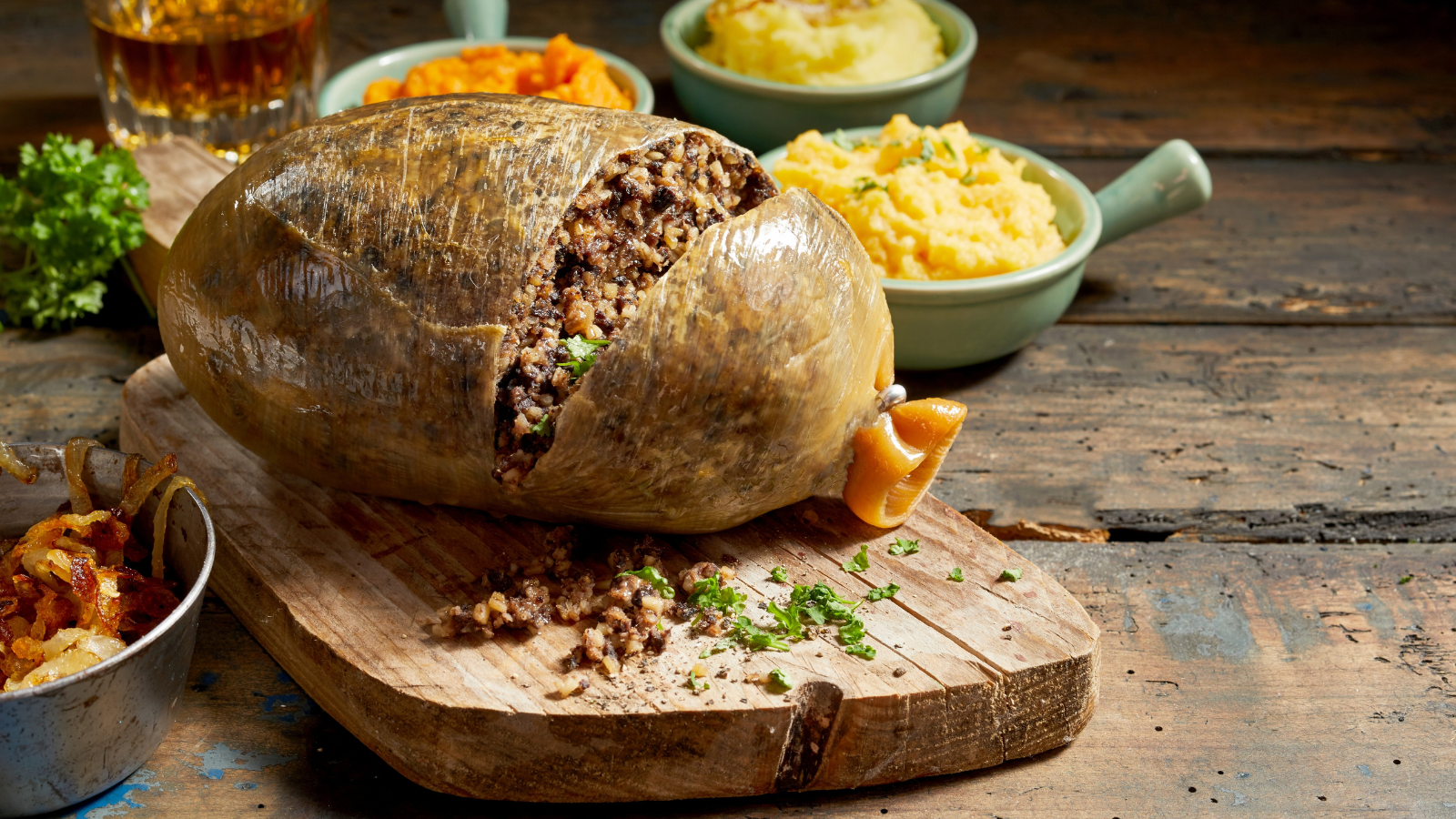
Haggis is a Scottish delicacy made from sheep’s heart, liver, and lungs, minced and mixed with oatmeal, onions, and spices, then cooked in a sheep’s stomach. While it’s celebrated in Scotland, particularly on Burns Night, non-natives often find the ingredients and the method of cooking off-putting.
Steak and Kidney Pie
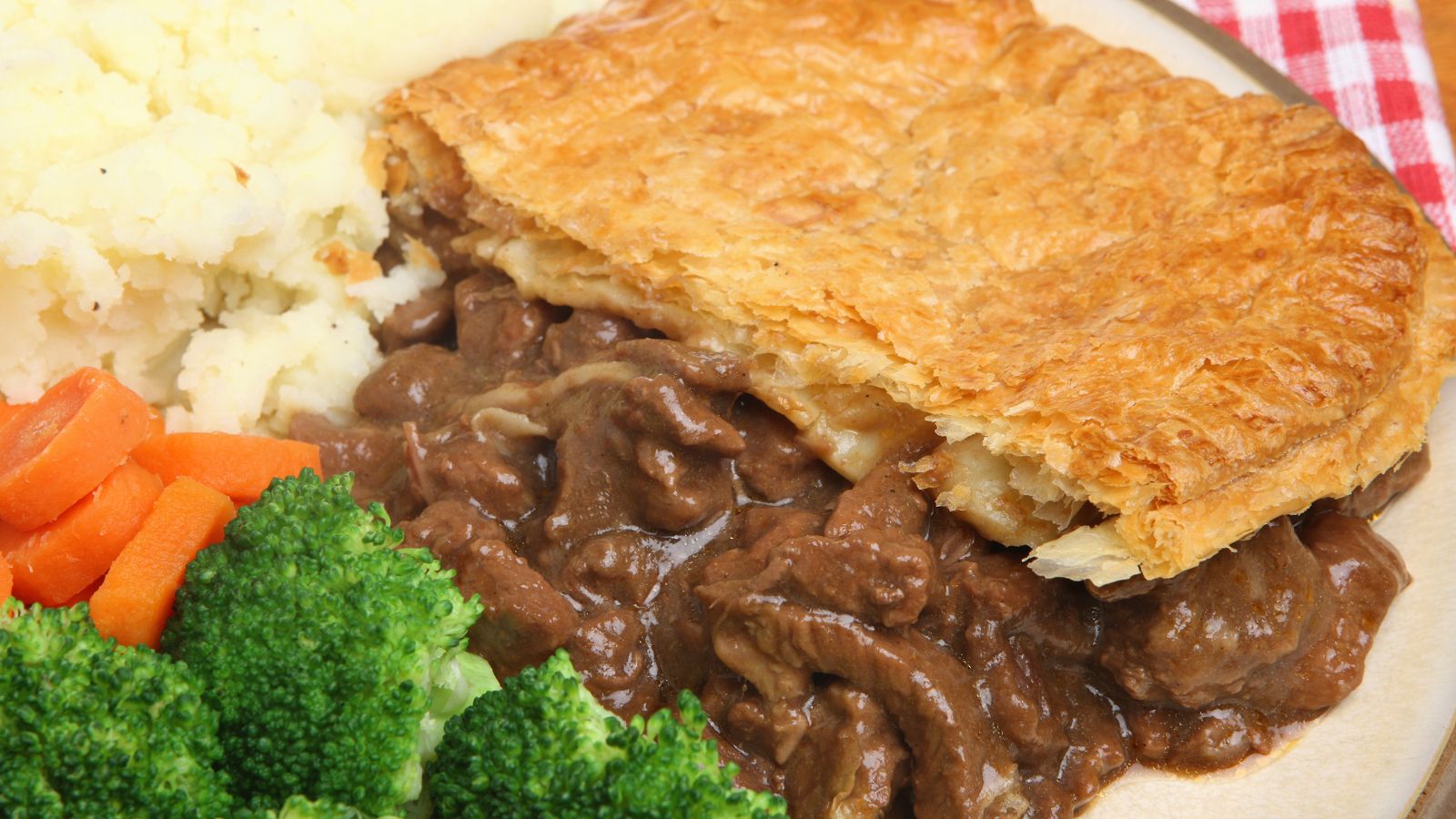
A savoury pie filled with diced steak, kidneys, onions, and a rich gravy, steak and kidney pie, and its inclusion of kidneys, can be a dealbreaker for those not used to this delicacy. Many people find the strong, gamey flavour of kidneys difficult to enjoy.
Spotted Dick
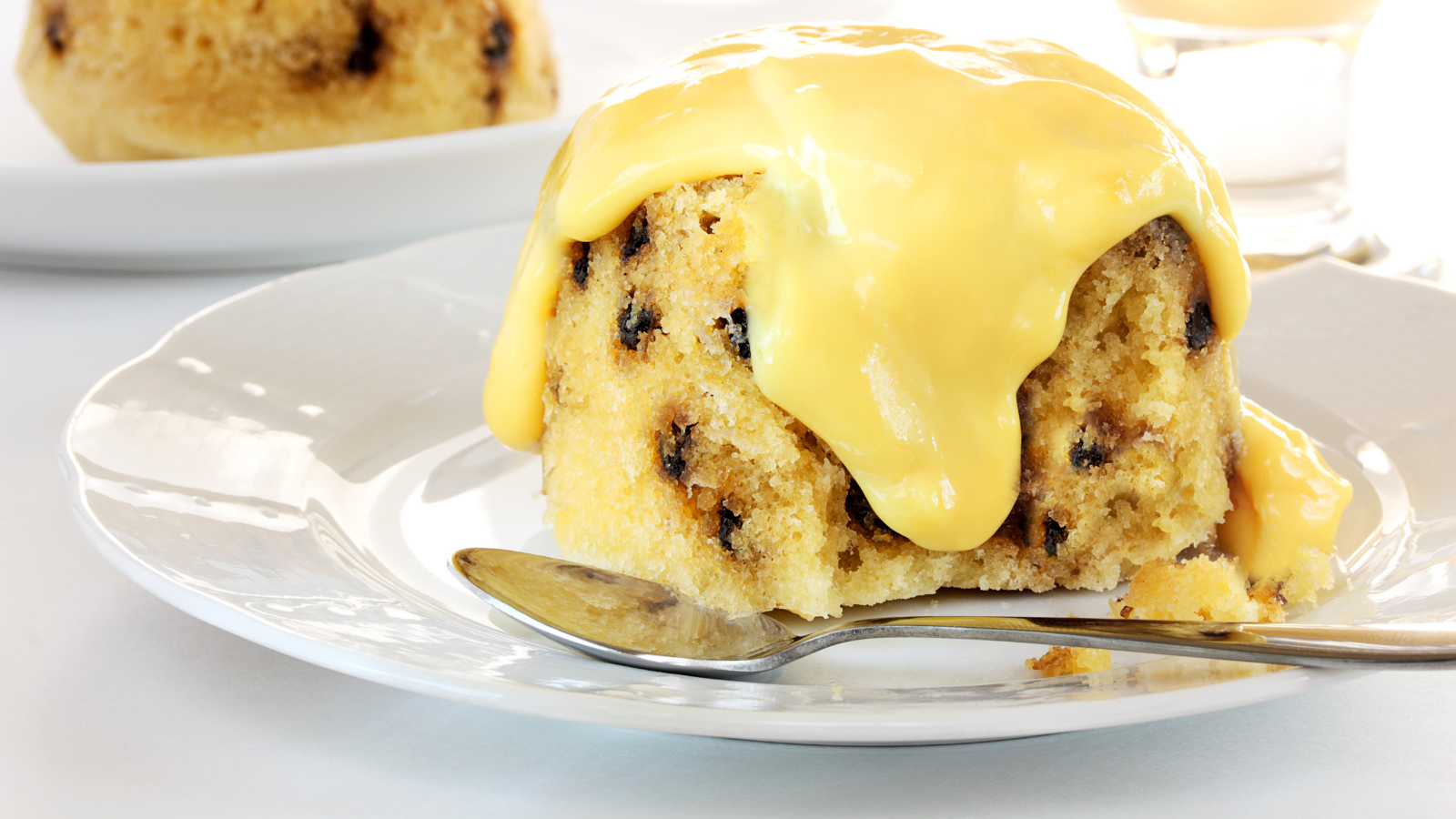
Spotted dick is a traditional British pudding made from suet, dried fruits, and flour, often served with custard. Despite its unfortunate name, it’s a beloved dessert in Britain. However, tourists often find the idea of a suet-based pudding odd, and the combination of textures can be off-putting.
Stottie Cake
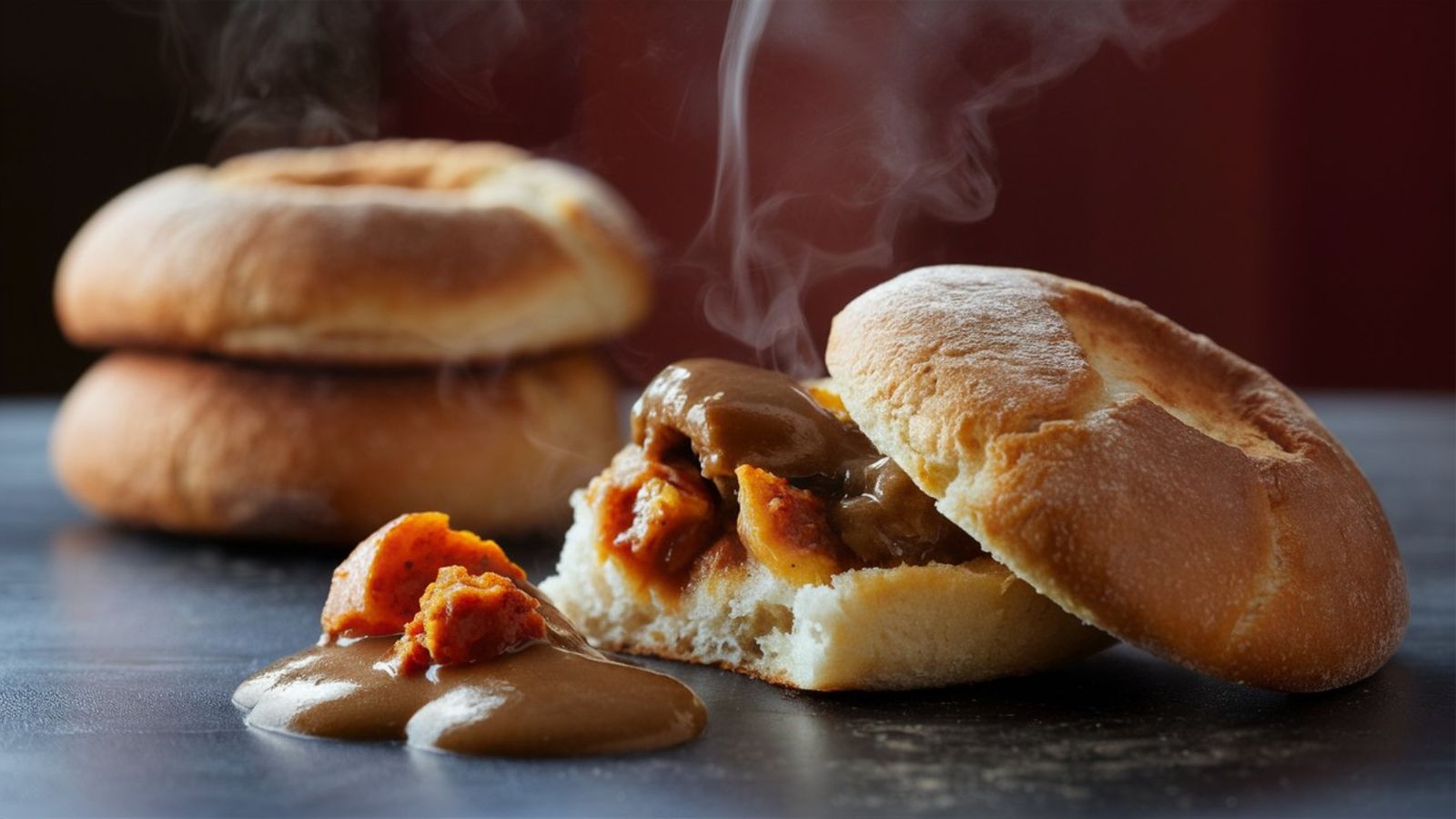
A type of round, flat bread from the North East of England, stottie cake is dense and doughy. It is often used for sandwiches. While Brits enjoy its unique texture and the way it absorbs fillings, non-Brits might find it too heavy. It can also be bland compared to the lighter, airier breads they’re used to.
Toad in the Hole

Consisting of sausages baked in Yorkshire pudding batter and served with gravy and vegetables, the dish’s name alone can be confusing or sound unappetising to those from other countries. Toad in the hole’s combination of sausage and batter can seem strange, especially when people are expecting something entirely different based on the name.
Pork Pies
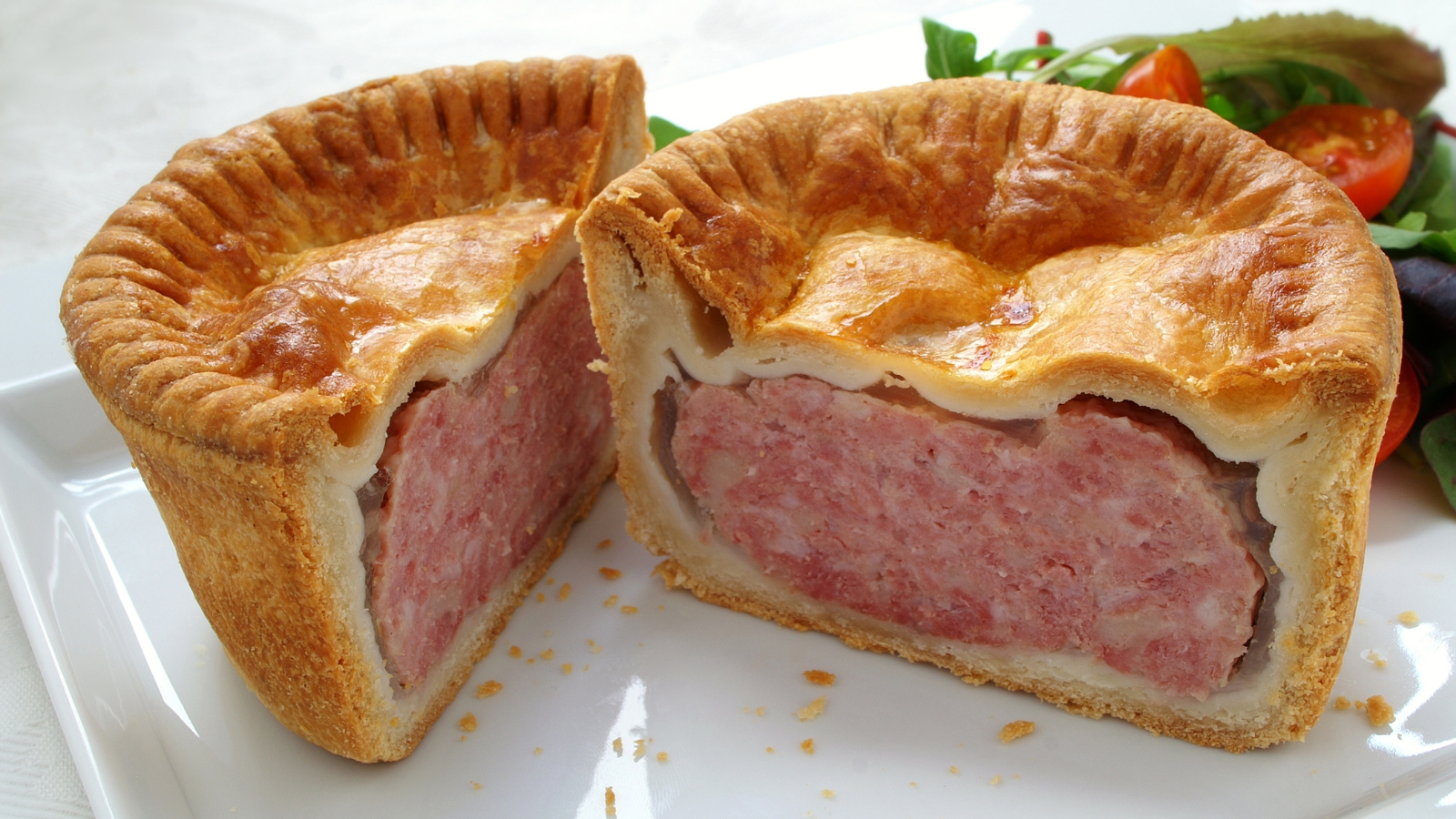
Pork pies are small, savoury pies filled with seasoned pork and often encased in a hot water crust pastry. They’re a popular snack in Britain, especially when paired with mustard or pickles. Yet non-natives can find the jelly layer that surrounds the meat inside the pie to be unappealing.
Treacle Tart
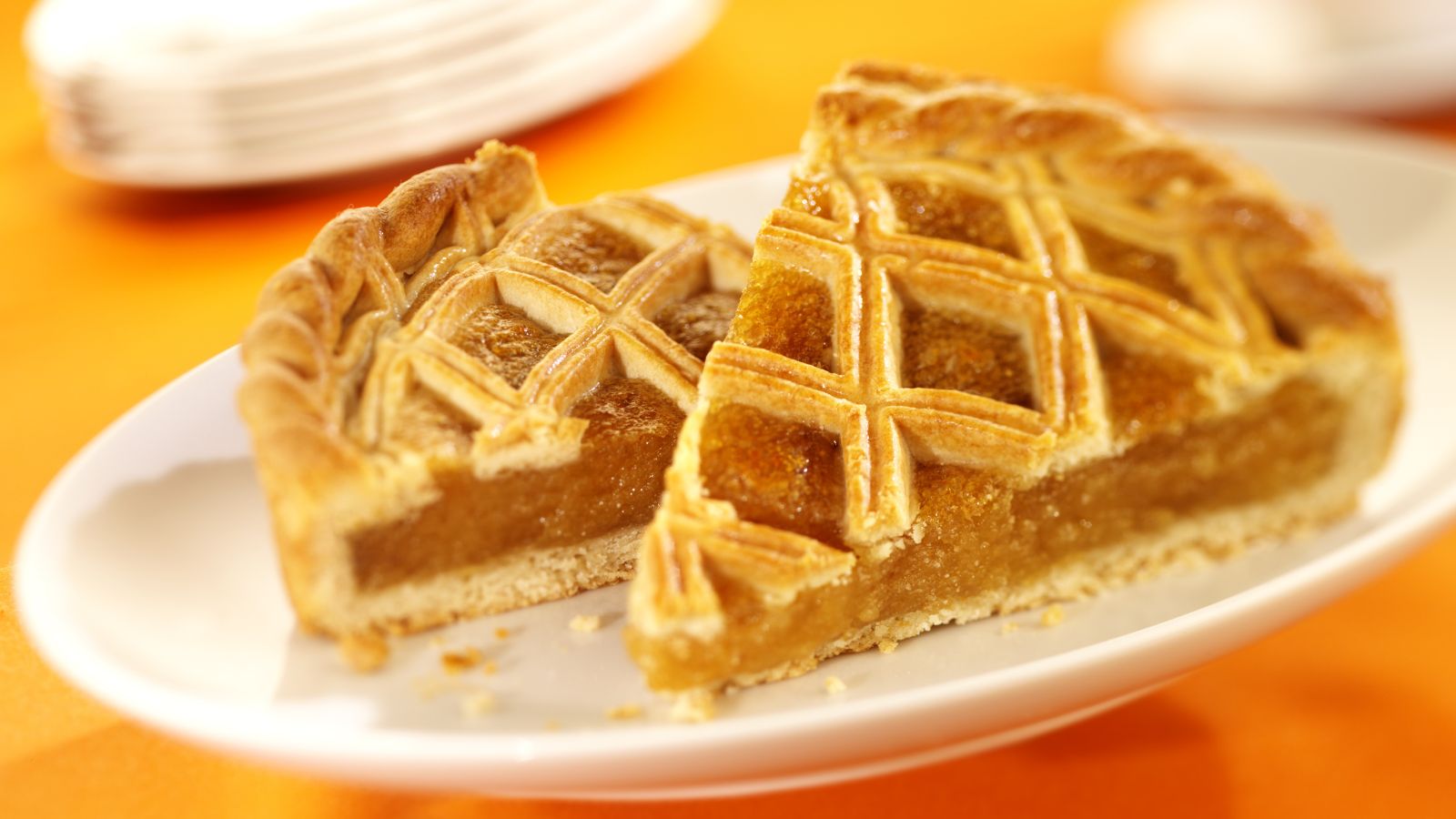
A popular dessert made with shortcrust pastry filled with a mixture of golden syrup, breadcrumbs, and lemon juice, treacle tart is loved by most Brits for its sweet and tangy flavour. However, foreigners often find it too sweet and overly sticky, and the idea of using breadcrumbs in a dessert can also seem strange to some.
Kippers
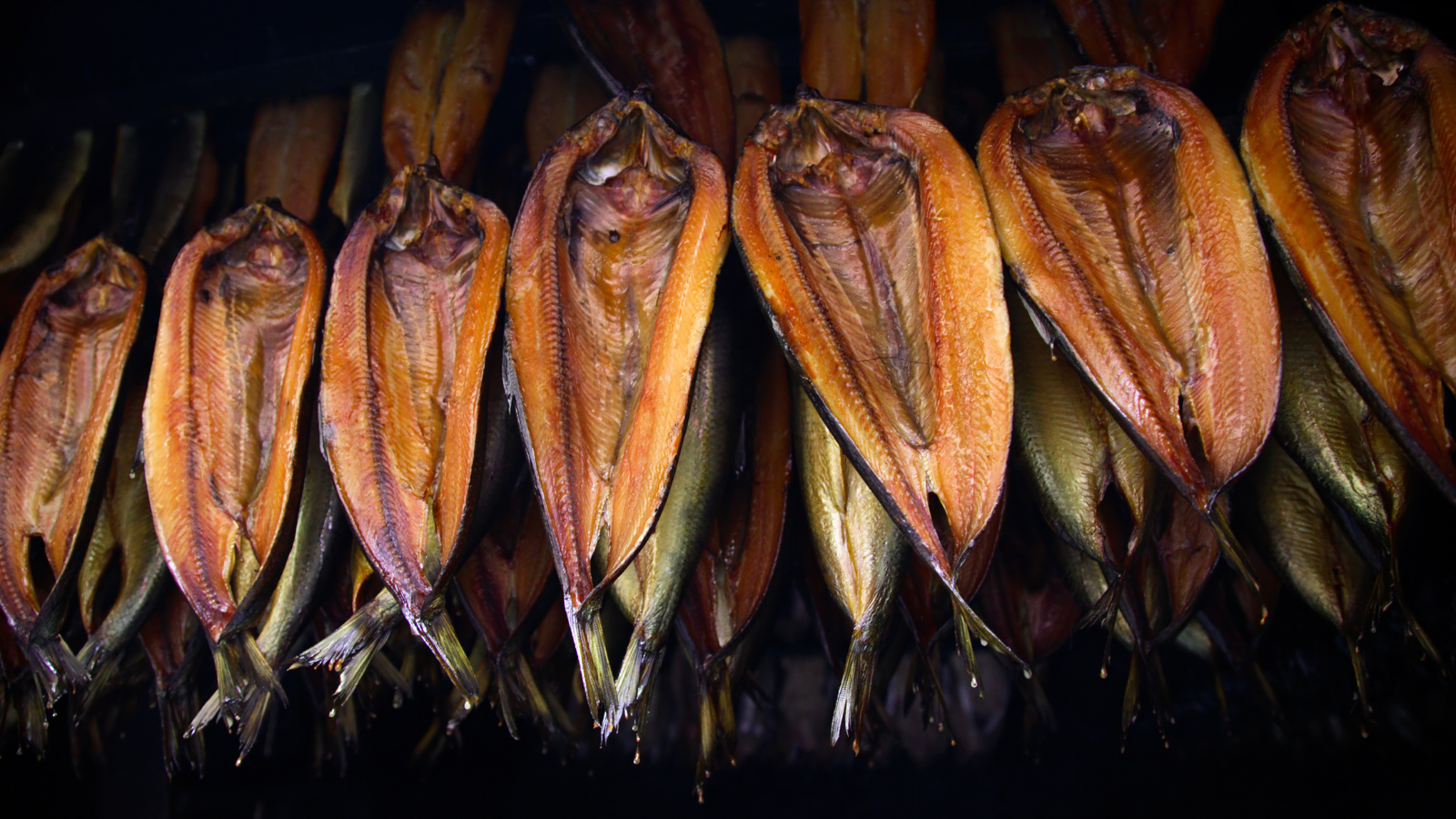
Kippers are smoked herring typically served for breakfast. Their strong, smoky flavour and distinctive smell can be overwhelming for people who don’t usually eat them. The sight of a whole fish on the breakfast table, complete with skin and bones, is enough to put many off their meal.
Bubble and Squeak
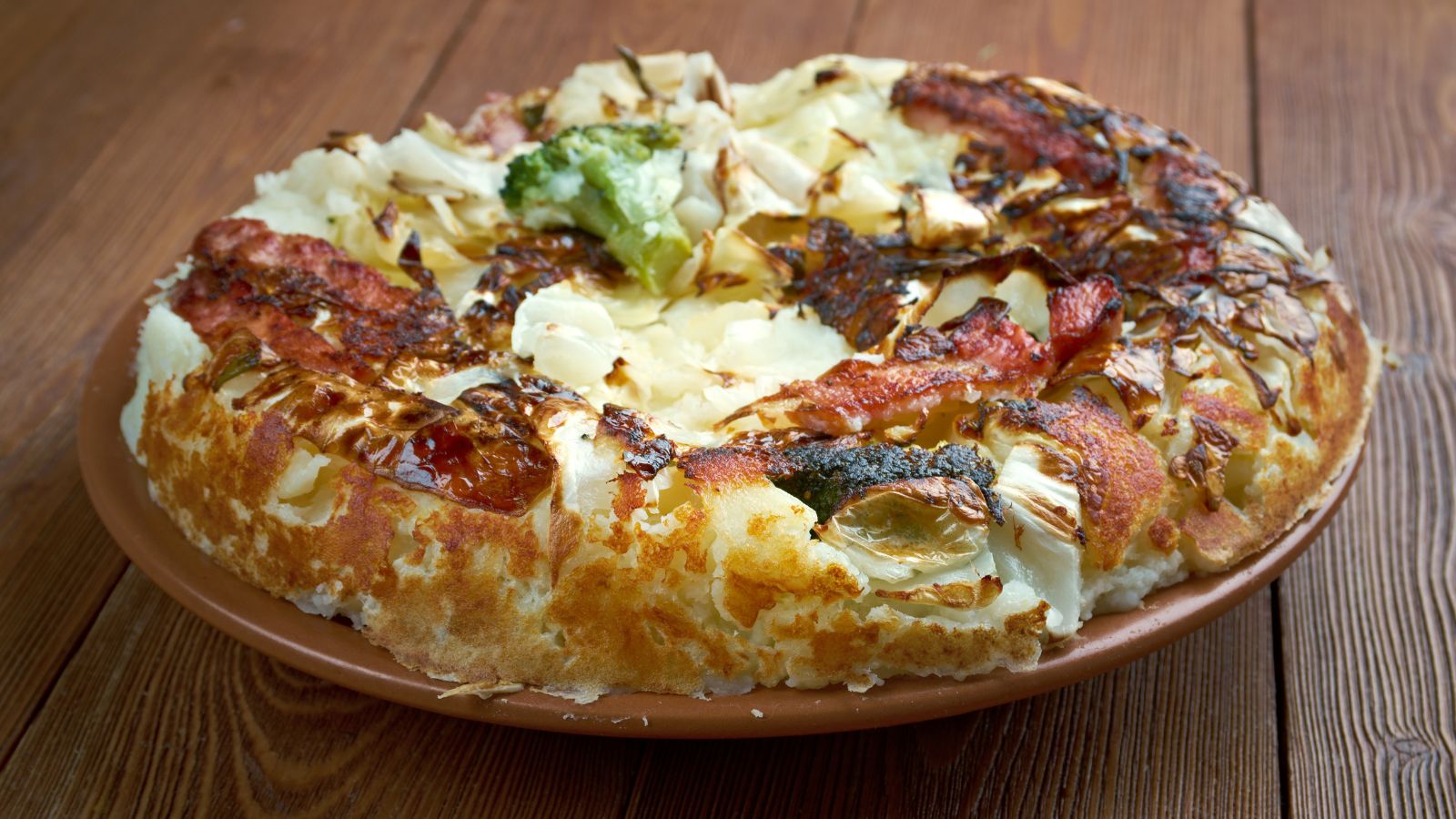
Bubble and squeak is a favourite way for British locals to use up leftovers. It’s made from leftover vegetables, typically cabbage and potatoes, which are fried together until browned. However, due to its mushy texture and the way the flavours blend together, it can be unappealing to anyone else.
Scotch Eggs
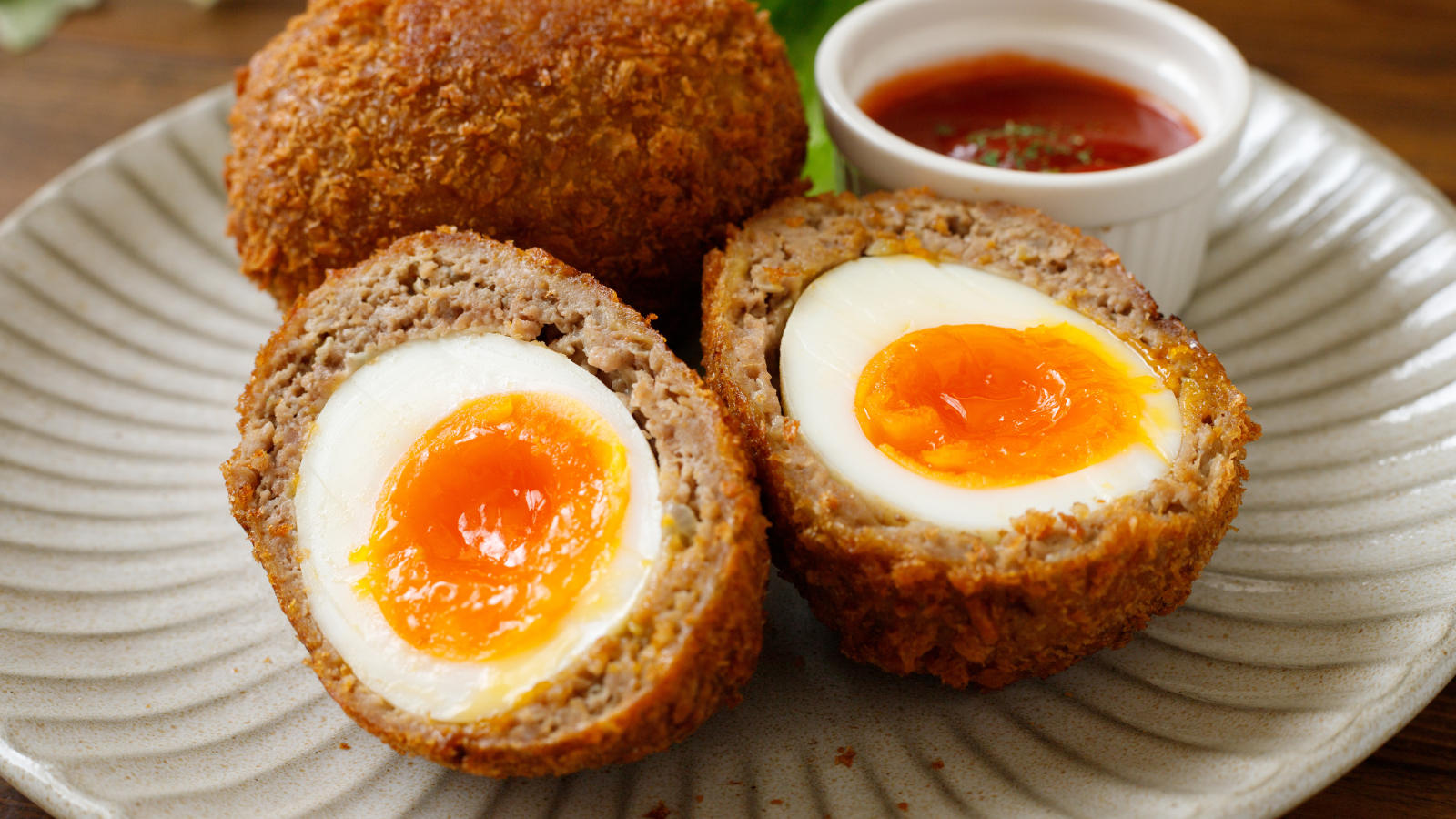
Scotch eggs are hard-boiled eggs wrapped in sausage meat, coated in breadcrumbs, and deep-fried, and they are a popular picnic food in Britain. But you might not be a fan of this snack if you find the combination of egg and sausage meat unusual and the overall concept a bit heavy for a quick bite.
Mushy Peas
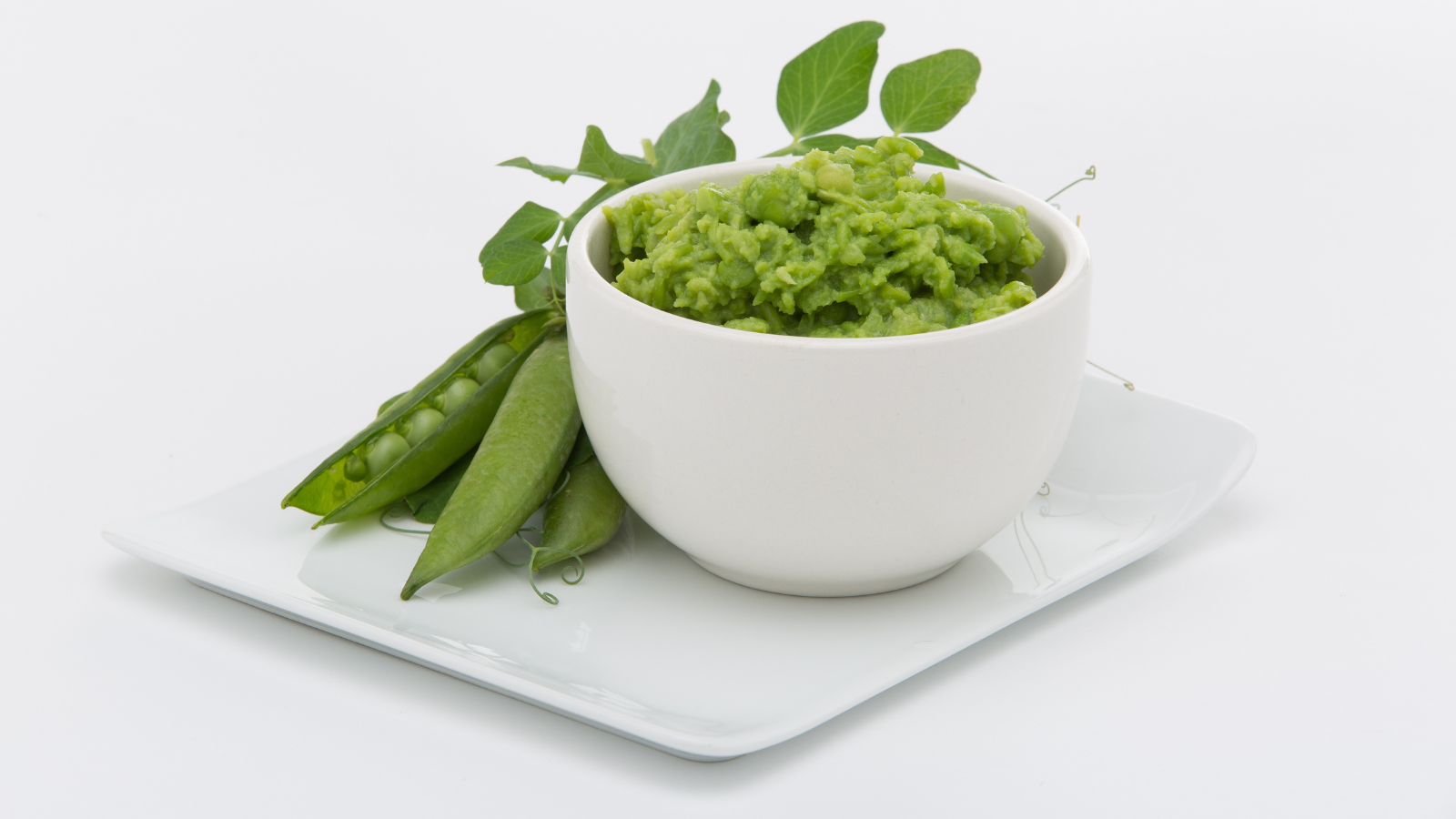
Mushy peas might be a traditional accompaniment to fish and chips, but they can be offensive to non-locals who find their texture unappetising. They’re made from marrowfat peas soaked and boiled until they form a thick, green mush. They also have a bland, slightly sweet taste that’s less than appealing, not to mention the bright green colour.
Cornish Pasty
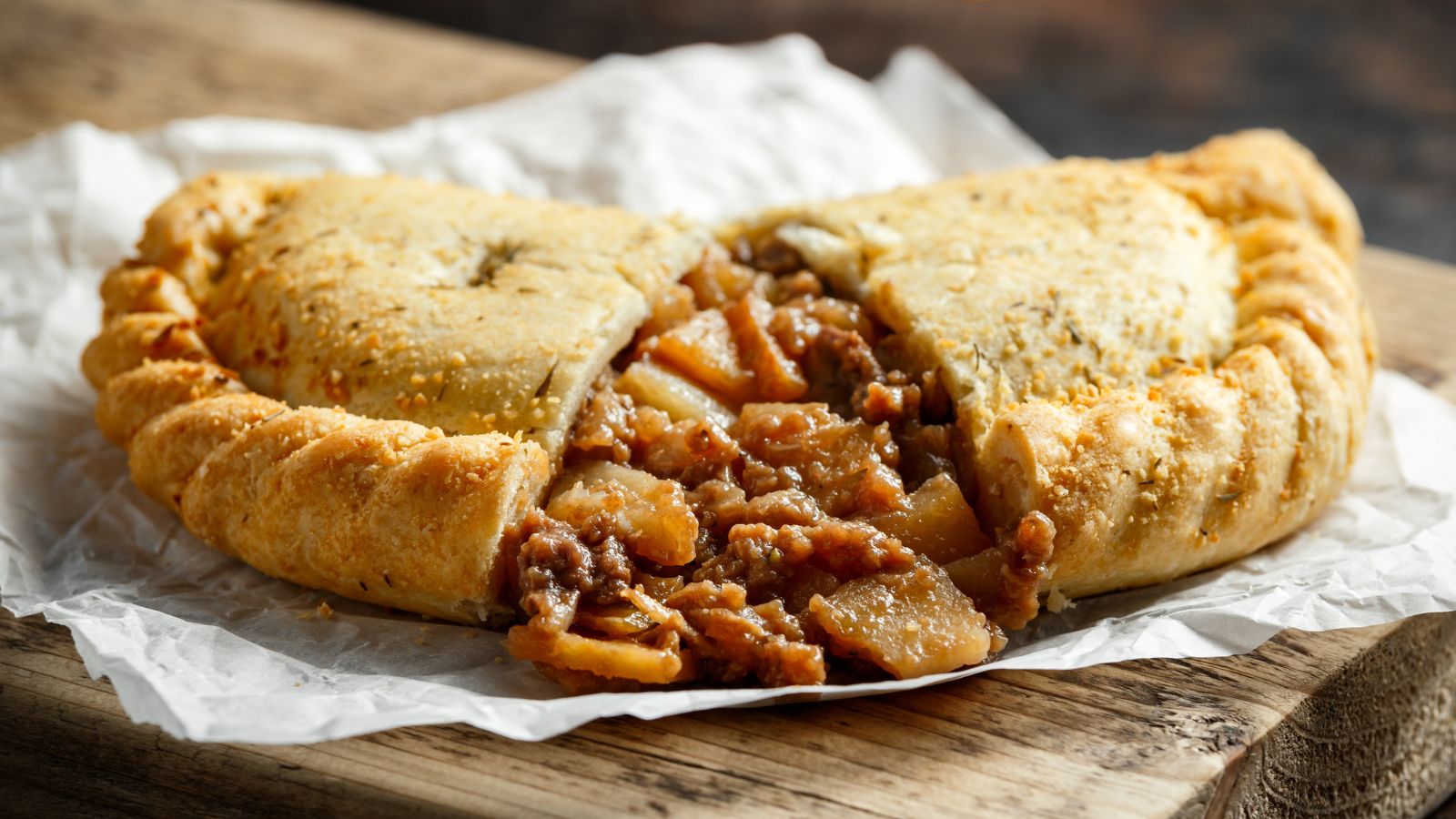
The Cornish pasty is a savoury pastry filled with meat, potatoes, and vegetables, folded into a distinctive D shape. While it’s a beloved portable meal in Britain, non-Brits think the thick, sturdy crust is too heavy and the filling too bland compared to other pastries they’re used to.
Tripe
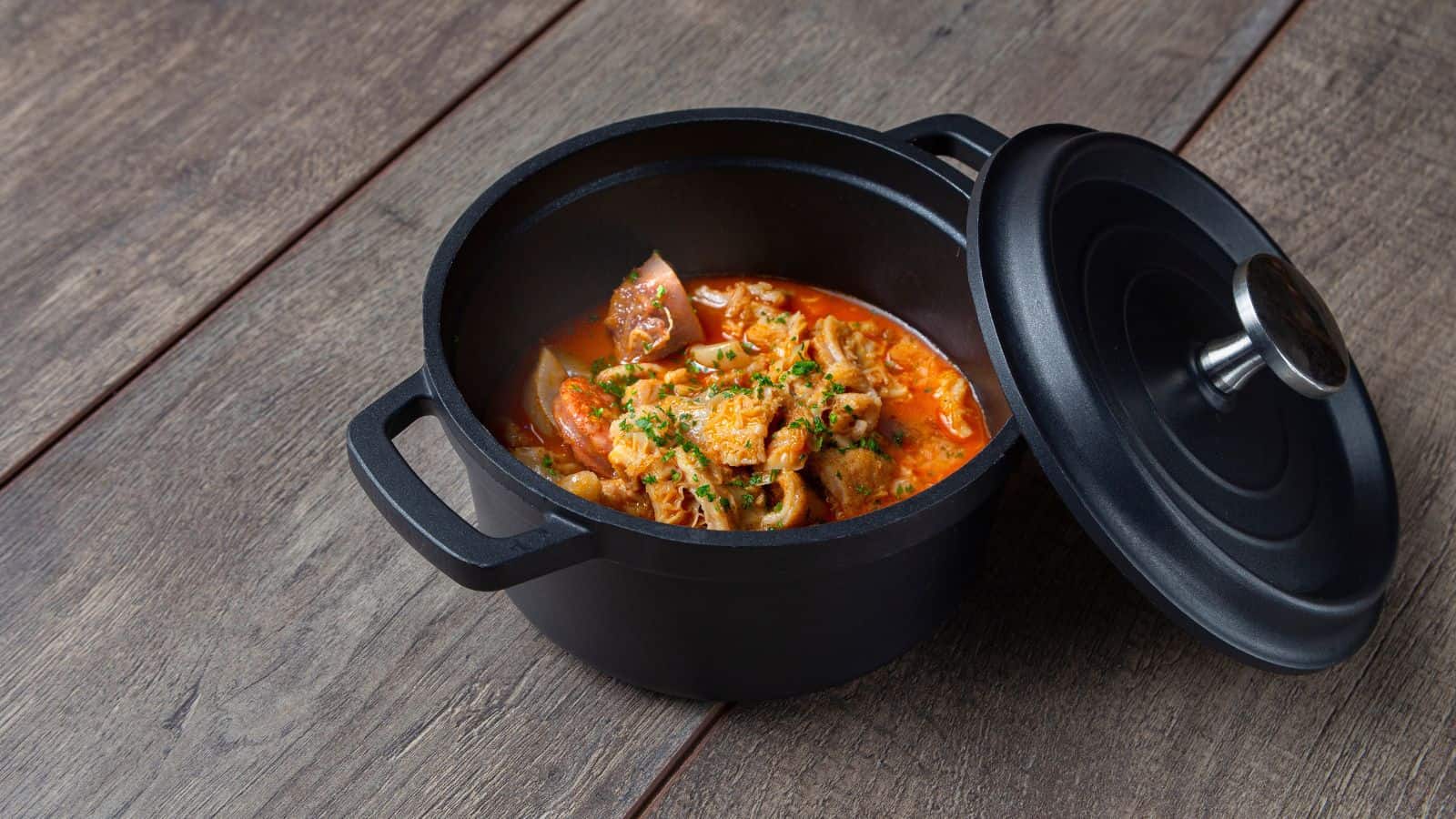
The edible lining of a cow’s stomach is known as tripe, and in the UK, it’s cooked in various ways. Its chewy texture and mild flavour can be a hard sell to non-natives, though, who might find the idea of eating stomach lining repulsive, regardless of how it’s prepared.
Laverbread
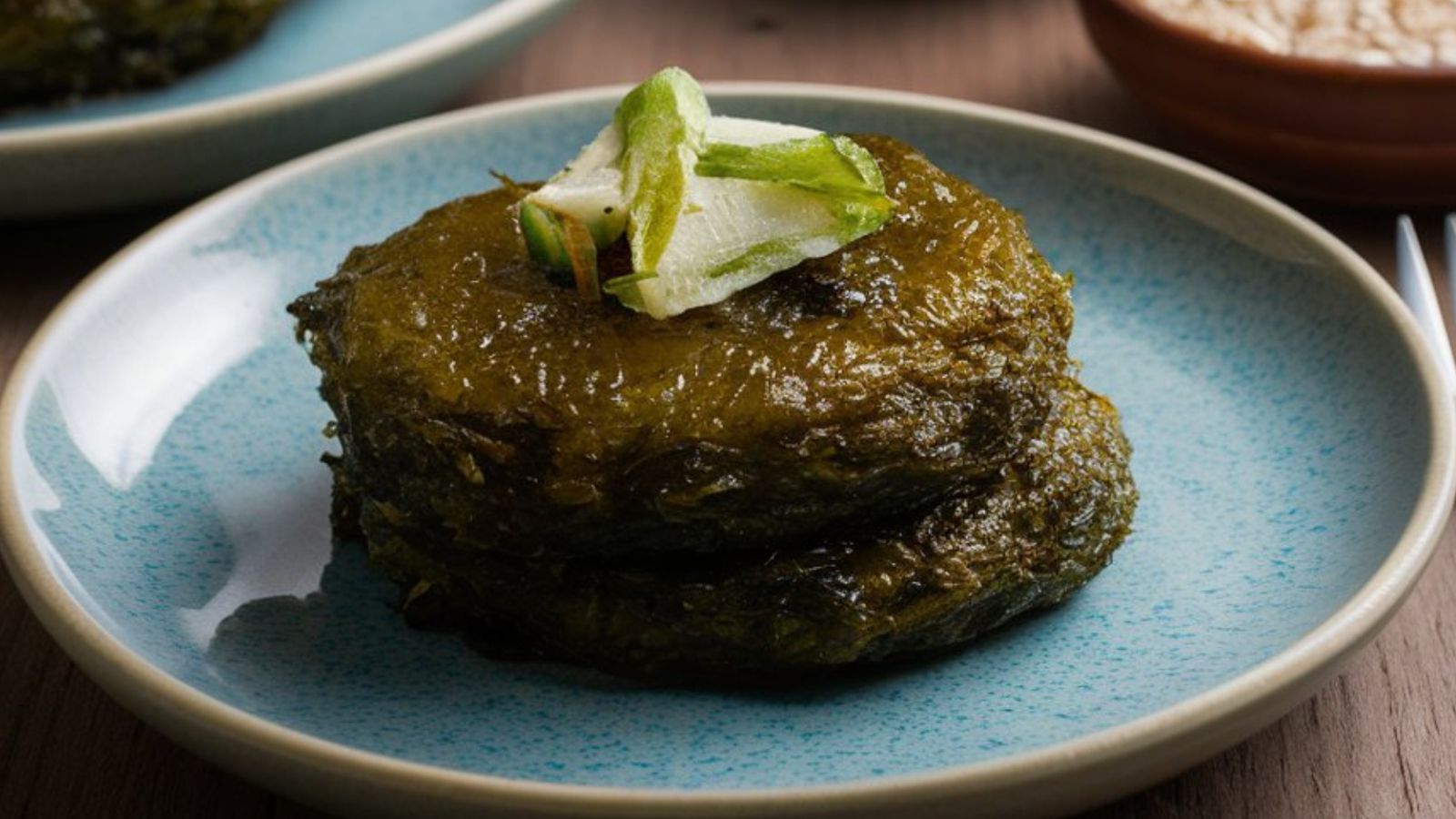
Laverbread is a traditional Welsh dish made from laver, a type of seaweed. It’s boiled and then pureed, commonly mixed with oatmeal and fried. People from overseas might find the taste and texture of seaweed unusual and unappealing, especially when compared to more familiar breakfast foods.
Beef Wellington
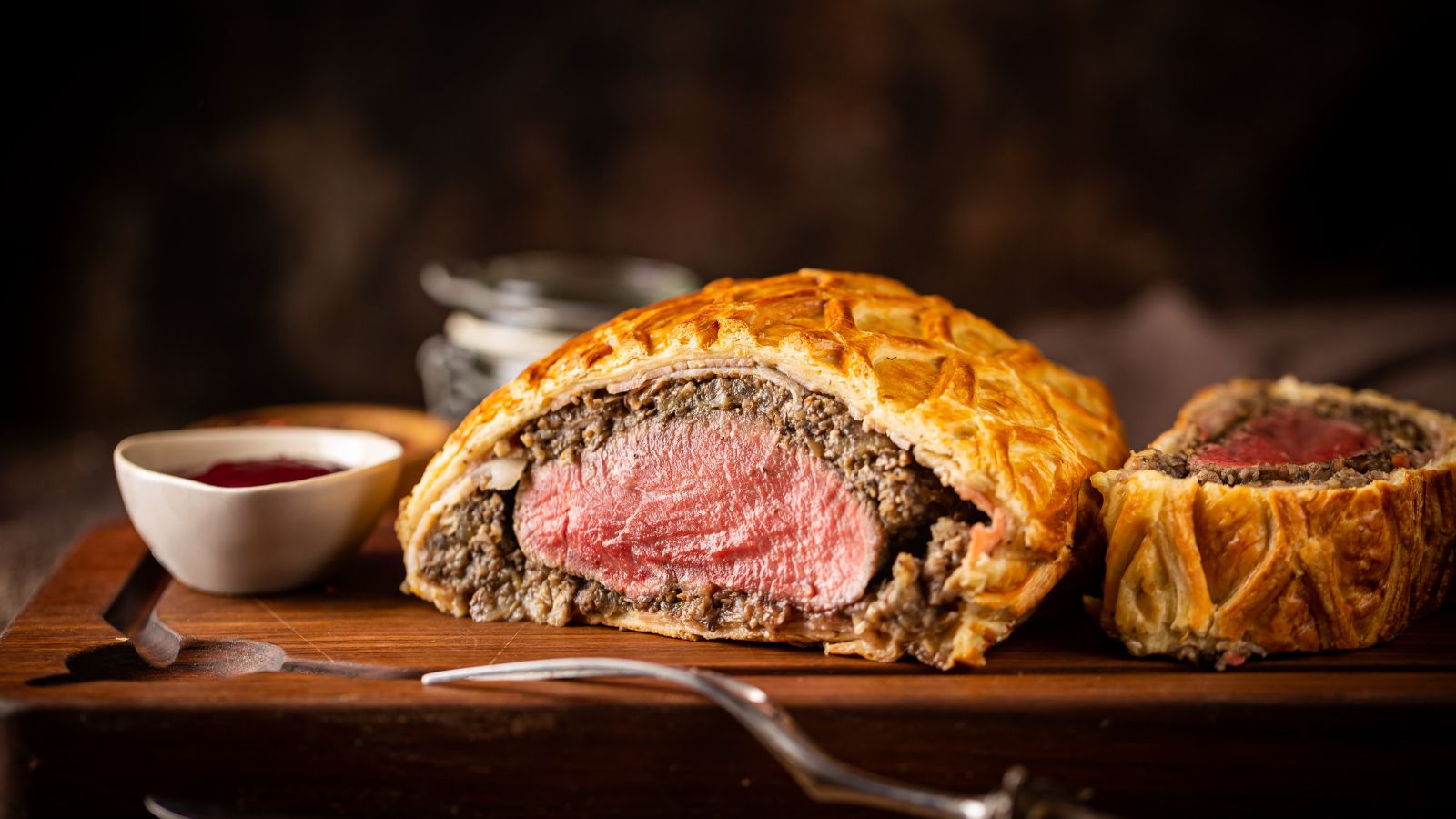
Consisting of a fillet steak coated with pâté and duxelles (a finely chopped mushroom mixture), which is then wrapped in puff pastry and baked, Beef Wellington is a luxurious dish. But if you’re not from the UK, you might find the combination of meat and pastry odd.
Bread and Butter Pudding
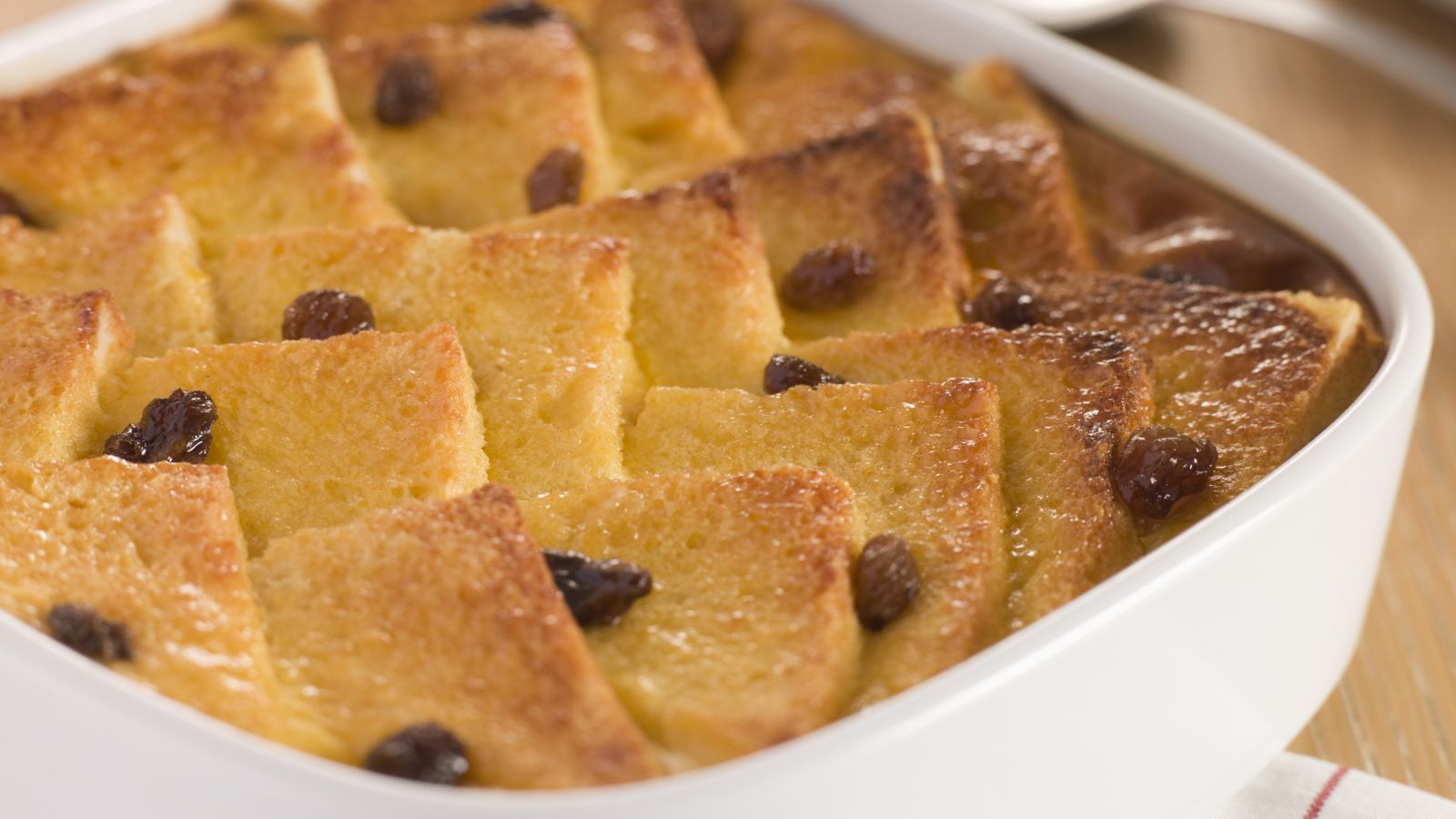
Is it savoury or is it sweet? That’s what foreigners might wonder, but bread and butter pudding is a dessert made by layering slices of buttered bread with raisins and soaking them in a custard mixture before baking. While it’s a comforting dessert for many Brits, others might find the idea of using soggy bread in a pudding strange.
Pease Pudding
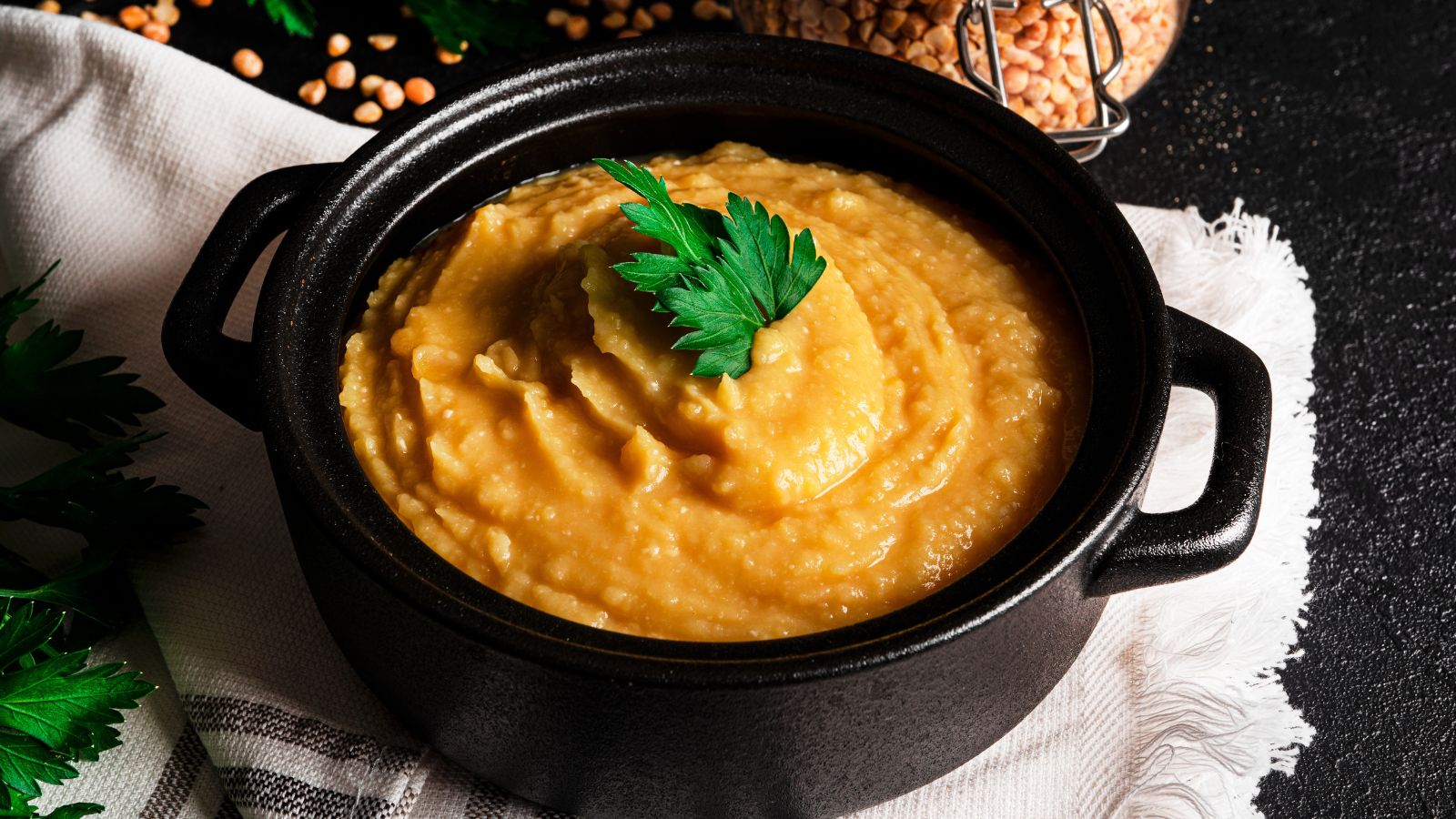
Pease pudding is a savoury pudding made from split peas, often served with ham or bacon. It has a thick, paste-like consistency and a mild flavour, which could put off tourists with its unappetising texture. It might also taste too bland, especially when compared to other more flavourful dishes.
Herring in Oatmeal
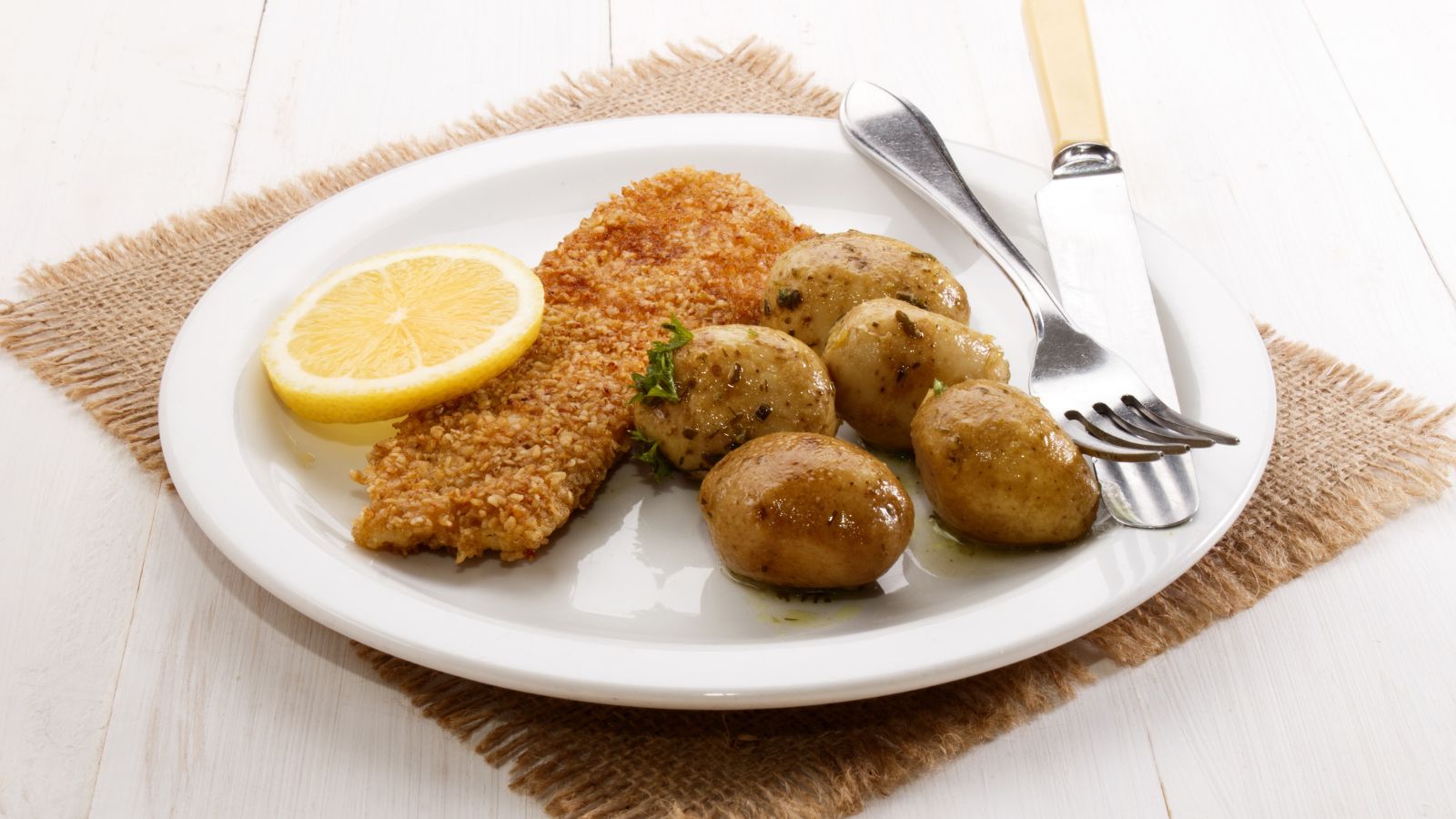
One final food that non-Brits might find disgusting is herring in oatmeal. This is a traditional Scottish dish in which herring fillets are coated in oatmeal and fried. The strong fishy flavour of the herring combined with the texture of the oatmeal coating can be too much for some.

